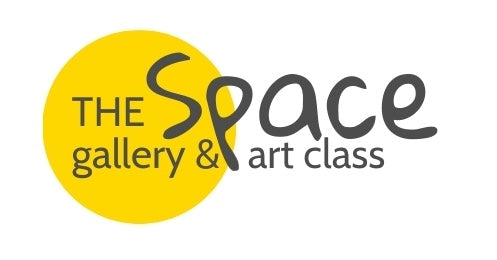
Dansaekhwa
Share
Dansaekhwa is a South Korean art movement, born in the ’70s.
The word Dansaekhwa means ‘monochrome painting’ in Korean. This style of painting is mostly monochrome and minimalist paintings.
The movement is assimilated to Western modernism and ruptures from strict traditional painting of Korea’s heritage.
According to Korean Painting Now, Art curator Jung Yu-Jin: ‘Korean abstraction went through various stages. Its beginnings in the mid and late 1950s were inspired by Expressionism, then there were newer possibilities offered by geometric and colour field abstraction in the 1960s, and finally the rise of the newest trend in the 1970s — the monochrome style of painting also known as Dansaekhwa.’
The Characteristics of Dansaekhwa
Lee Ufan – From Line, 1980, mixed media on canvas, 180 x 230 cm, Installation view: Korean Abstract Art – Kim Whanki and Dansaekhwa, Powerlong Museum, Shanghai, 2018-2019, photo: Public Delivery
Dansaekhwa’s minimalistic style is about addition and layering. It explores while using a minimum of materials. With layering and brush strokes, creating relief, texture and repetition of ordered patterns, are the visual characteristics of Dansaekhwa.
Chung Sang-Hwa – Untitled (90-5-20), 1990, acrylic on canvas, 260 x 194 cm, Installation view: Korean Abstract Art – Kim Whanki and Dansaekhwa, Powerlong Museum, Shanghai, 2018-2019, photo: Public Delivery
Some artists use synthetic and natural resins, stainless steel, faux pearls, Plexiglas, sequins and other industrial materials.
They also explore the three-dimensional field and sculptural forms, like in the work of Chun Kwang-Young.
Chung Kwang-Young, ‘Aggregation 06’, 2006, mixed media with Korean mulberry paper, diameter 250 cm. Installation view at Kim Foster Gallery, New York, 2006. Image © mercurialn/Flickr.
Art as meditation
Dansaekhwa has a meditative aspect. According to Singulart magazine: ‘The artists consider the relationships forged between the material and the creator, the artwork and its audience, and between the materials themselves.(..) The meditative capacity of Dansaekhwa enables the art object to become a transformative expression of the labour and intensity imbued in the work.’
The viewer is required to activate the dynamic of the materials.
Tell us what type of art would you like to see in our contemporary art gallery.
References:
